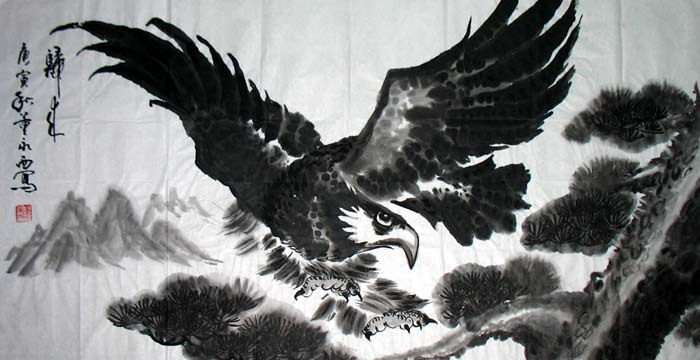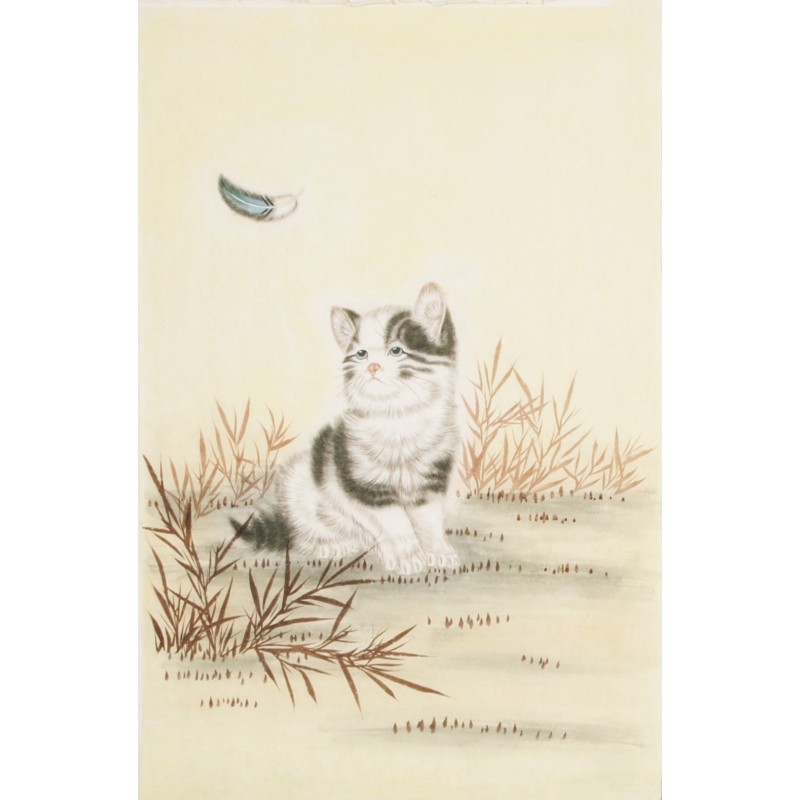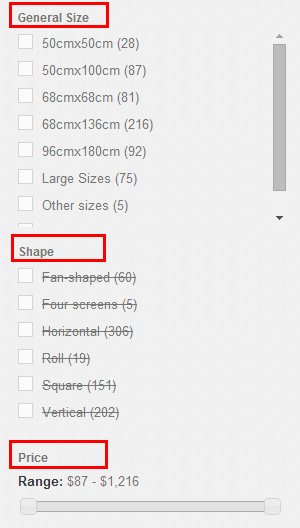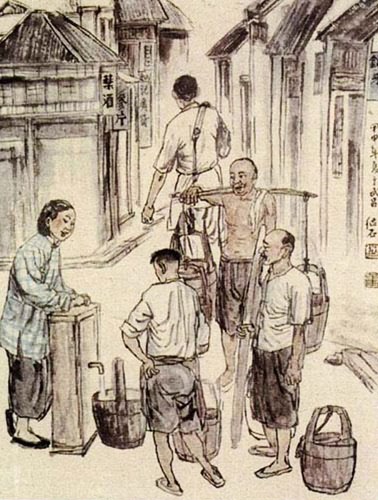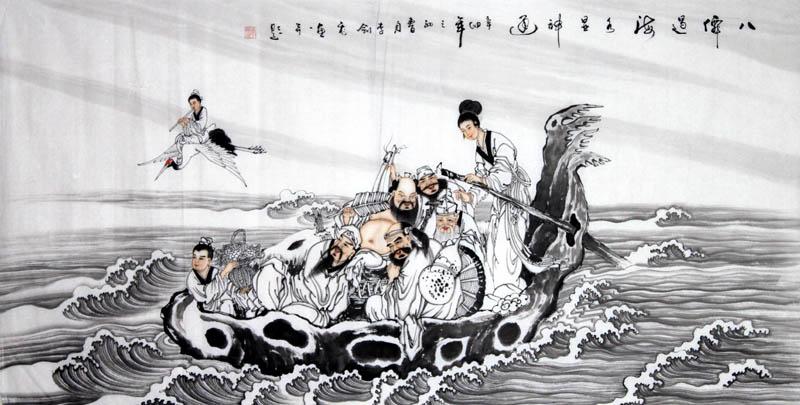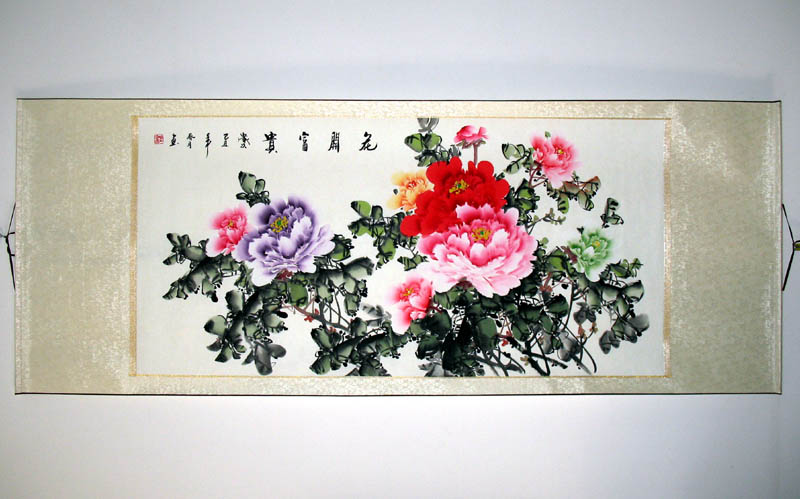The development of traditional Chinese painting was influenced by many factors, among which Confucianism plays an important role in a long history. Sometimes we can find something in those paintings that connects closely with Confucianism. Confucianism is a Chinese ethical and philosophical system proposed by Confucius. As the most influential philosopher in Chinese history, Confucius’ thoughts have a dramatic impact on Chinese society, especially the Chinese Culture. Chinese figure painting developed along with the art criticism concepts of Confucianism. In this case, features of figure painting have changed a lot. Cao Zhi, Xie He as well as Zhang Yanyuan and others hence created paintings to express the criticism concerning moral and ethical criticism concepts.
Xie He is the typical representative of Confucianism Chinese painting, and his greatest achievement is in genre painting. Besides, he is well-known as an art theorist. When appreciating Xie He's paintings, we need to feel what he said from the painting history. The remarkable “Six Principles of Chinese painting” was first presented by him, which had exerted great influence on the painting creation in the many dynasties. The content of “Six Principles” is Lifelike Spirits, Deft Brushwork, Accurate Likeness, Versatile Colors, Well-planned Space and Venerated Imitation.
Lifelike Spirits refers to the purpose of performance. That is to say, the portraits have to reveal their inner mental state and traits of character. Gu Kaizhi’s remarks on the art of painting and public’s evaluation comments since the Wei and Jin Dynasties form the basis of this principle. In Xie He’s era, the principle of Lifelike Spirits is treated as standard of evaluation and creation. We are able to know the charm of the painting through the objects depicted. And this kind of charm will then gradually assimilate into the main performance. To demonstrate harmonious spirit has become one of the highest goals in the art of painting.
Deft Brushwork means the effect of the "ink". As a means of expression, ink features in the sporty lines, rhythm and decoration. From the ancient theory of painting we can see the great importance of this point. The paintings at that time depended on sketched line to present shape. If the lines are not accurate enough then the structure, posture and expressions can not be fully presented. Therefore, the technique of Chinese painting is supported with the painting of its frame and its artistic expression is showed in lines. This is a aesthetic principle generates from unique traditional painting materials and national style, and it will in turn promote the overall development of national painting style.
Accurate Likeness ranks the third place in the S Six Principles of Chinese Painting, and this indicates that painting aesthetics in the Southern and Northern Dynasties attach great importance to the authenticity of the depicted objects. However, it is listed behind the former two principles also tells us that artists of the time have quite adequate skills to show the reality and the relationship between the external manifestations and internal performance relationship. Either being deprecated or being raised, its status is appropriate and can not be shacked.
Versatile Colors equals the meaning of color different parts of the object in different colors. Well-planned Space regards the composition of a picture as the foundation of the painting. Venerated Imitation means to promote means of painting by imitation, but it is not treated as means of creation so Xie He put it in the last place of the six principles.

